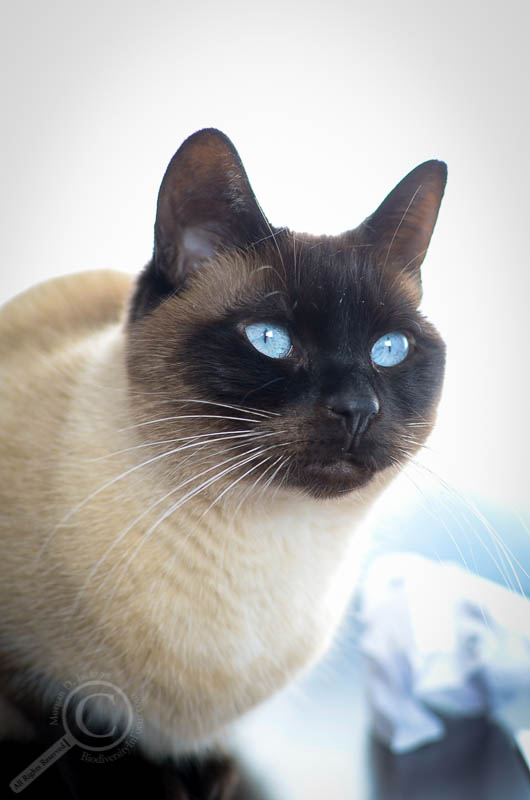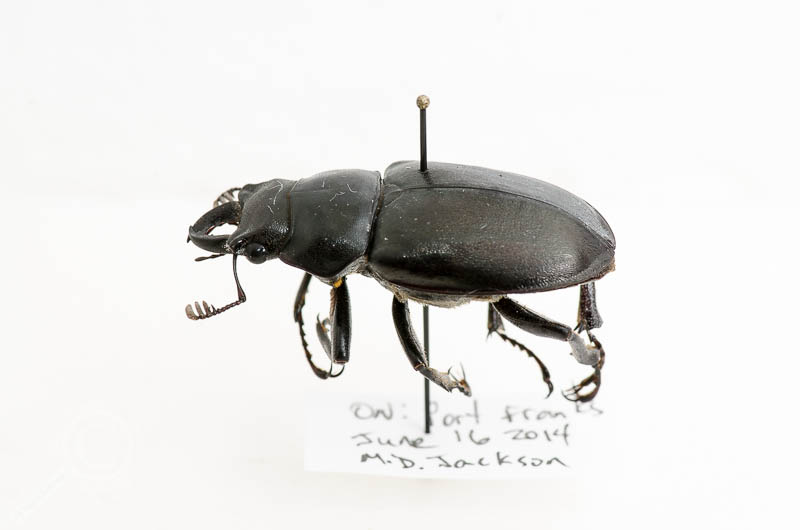Natural History Collections are the Libraries of biology. They collect, protect, and maintain the specimens that allow us to understand how the natural world works, and then they make them available for people to use, study and enjoy, usually for free. Every specimen is irreplaceable, a priceless first edition that allows us to explore, interpret and compare the unique ways in which evolution, ecology, and the environment have shaped not only the species we share this planet with, but also ourselves.
Imagine a library without a librarian. What do you suppose would happen? For one, there wouldn’t be any new books added for you to borrow, enjoy, or learn from, so you better like the classics and not be interested in keeping up with the New York Times Bestseller List. That’s assuming of course you can even find the books you’re interested in, because without someone to make sure they’re kept in their proper spot and order maintained, shelves will devolve into chaos, and it won’t be long until insects, microbes, and the environment begin to decompose the entire collection into piles of poorly organized dust.
The same is true for biological collections, only the librarians are called curators. Without a curator, a natural history collection is nothing more than a poorly organized pile of dust in waiting. No museum in their right mind would allow the very core of their existence decompose like this, would they?
The Royal British Columbia Museum is thinking about it. The CEO of the museum, Professor Jack Lohman, is of the mind that the Entomology Collection no longer needs a paid curator, and that the money earmarked for employing one could be better spent elsewhere in the museum. He couldn’t be more wrong.
The last entomology curator, Dr. Robert Cannings (who happens to be a dipterist who did his PhD at the very lab bench that I’m doing mine at now) retired in 2012 after a 32 year career as Curator of Entomology. He has stayed on as Curator Emeritus, but the museum has yet to hire his replacement, and has now publicly stated that they likely won’t.
Let’s return to our library metaphor again for a moment to illustrate how poor, and unprofessional, the decision to let the RBCM entomology collection go without a curator is. According to their website and this information sheet put together by the collection staff (PDF), the entomology collection at the RBCM was established in 1886, and now holds roughly 600,000 specimens. Compare that to the Canadian Library of Parliament, the most prestigious library in Canada that is attached to our Parliament Buildings and which serves as the official repository and resource for our government. It was founded a mere 10 years before the RBCM entomology collection, in 1876, and also houses 600,000 items today. The difference is that Library of Parliament employs 300 people to keep it running and functional, while the Royal British Columbia Museum Entomology Collection currently employs 1 collection manager, and has been deemed undeserving of a curator to maintain its esteemed history.
That is unacceptable.
But it’s not too late. Professor Lohman has agreed to hear arguments for why the entomology curatorship position should be filled, and will delay making a final decision until January 22, 2015.
Natural History Collections matter. Entomology matters. Curators matter. Please join me in letting Professor Lohman know that this is not an issue that should even be negotiated, never mind cut outright. Write him a letter (his address & email are below). Tweet at him using @RoyalBCMuseum and share why museums and the collections they maintain matter to you; tweets including the museum’s Twitter handle seem to go directly onto the front page of the museum website for all to see!
Stand up for entomology research in Canada. Don’t let 129 years of natural heritage turn to dust.
—
Write to:
Prof. Jack Lohman
Chief Executive Officer
Royal British Columbia Museum
675 Belleville St,
Victoria, BC V8W 9W2
And send a copy to:
Peter Ord: Vice President, Archives, Collections, and Knowledge




